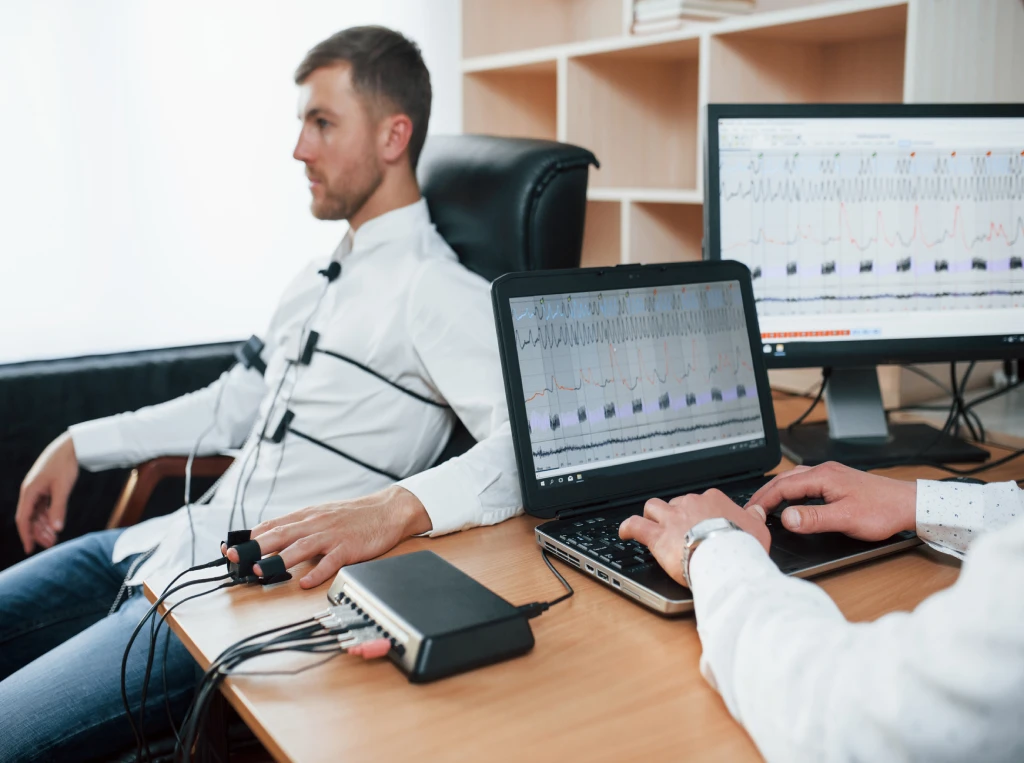Pacemaker / ICD / CRTD
- Home \ Pacemaker / ICD / CRTD

What It Is and Why It’s Done
Some people develop heart rhythm problems that make the heart beat too slowly, too quickly, or irregularly. In such cases, specialized devices can help the heart beat more effectively and protect against dangerous rhythm disturbances.
- Pacemaker: A small device that sends electrical signals to keep the heartbeat steady when it’s too slow.
- ICD (Implantable Cardioverter Defibrillator): A device that detects life-threatening arrhythmias and delivers a shock to restore normal rhythm.
- CRTD (Cardiac Resynchronization Therapy with Defibrillator): A device that not only corrects dangerous rhythms but also improves the pumping action of a weak heart by coordinating both sides of the heart.
What Patients Gain from Device Implantation
These advanced treatments give hope and options to patients who otherwise may not benefit from standard procedures.

Protection Against Life-Threatening Arrhythmias
ICDs and CRTDs automatically detect and treat dangerous heart rhythms, reducing the risk of sudden cardiac arrest.

Improved Quality of Life
Pacemakers and CRTDs help regulate heartbeats, easing symptoms like dizziness, fatigue, and shortness of breath so patients can live more comfortably.

Long-Term Safety and Monitoring
Modern devices are highly reliable and can be checked remotely, ensuring continuous monitoring and timely adjustments without frequent hospital visits.
Key Highlights
- Minimally invasive implantation through a small incision
- Highly effective in regulating heart rhythm and preventing sudden cardiac death
- Devices last several years with regular follow-up
- Safe and widely used treatment across the world
- Can be programmed and monitored for individual patient needs
Frequently Asked Questions
Find clear answers to common questions about angiogram, preparation, safety, recovery, and more to help you feel confident and informed
Is the implantation procedure painful?
It is done under local anesthesia with sedation. Patients may feel mild soreness at the site, but overall discomfort is minimal.
How long does the device last?
Most devices last 7–10 years. The battery can be replaced through a simple procedure.
Can I live a normal life with these devices?
Yes. Most patients return to normal activities, with some precautions around heavy lifting or strong magnetic fields.
Will I feel the shocks from an ICD?
ICDs deliver a shock only when a dangerous rhythm occurs. It can feel sudden, but it is lifesaving.
Do I need regular follow-up?
Yes. Devices are checked periodically in the clinic or remotely to ensure they are working properly.
Take charge of your heart health with expert care
Book your angiogram with Dr. G. Dimpu Edwin Jonathan and get the clarity you need for a healthier tomorrow.

